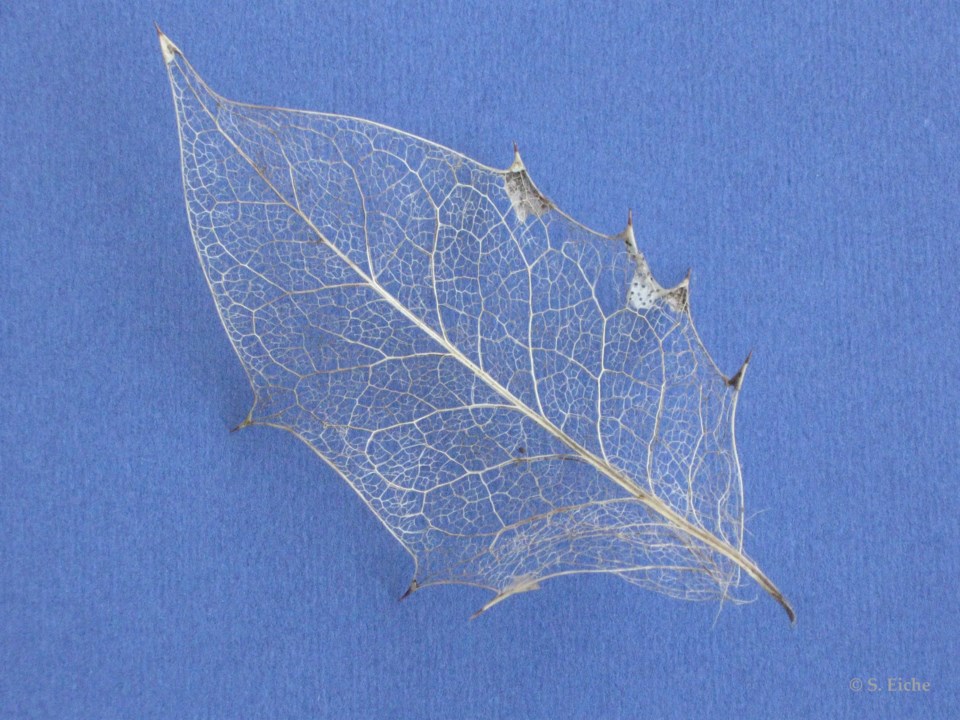Aging, when it regards humans, is a subject that’s always prompted a range of reactions.
For a long time, most of these reactions have been negative, concerned with what’s been lost in the process of getting older.
I can’t think of anyone who expressed it better than Robert Herrick in 1648 in his poem, “To the Virgins, to Make Much of Time”, particularly in the third verse: “That age is best which is the first, / When youth and blood are warmer; / But being spent, the worse, and worst / Times still succeed the former.”
In Herrick’s time, youth was "spent" pretty quickly. The average lifespan was between 30 to 40 years.
Shakespeare, in Act II, scene 7 of “As You Like It” (first performed in 1599), divides the lifespan into seven ages.
Youth, the third age, is described as “the lover, sighing like a furnace, with a woeful ballad made to his mistress’ eyebrow.”
Things go downhill very fast after that – the fourth age is the soldier, the fifth the judge, and the sixth the “slippered pantaloon” whose “big manly voice” has reverted to a “childish treble.”
Finally comes the seventh age, “Sans teeth, sans eyes, sans taste, sans everything.”
In our time, by which I mean the 21st century, the older generation is experiencing a kind of renaissance.
It has become more visible in a positive way. The media is showing an increasing interest in the baby boomer generation (people born between 1946 and 1964).
Older actors used to complain about the difficulty of finding work but now the film industry is creating roles especially for them.
Part of the reason may be that so many superb actors are no longer in the first flush of youth.
Nobody wants that talent to wither away and be thrown into the waste bin. Movies about older people have become very appealing, and not just to the older generation.
Humans aside, there’s much in the world that’s prized for its age.
My greengrocer, Sunshine Farms, has been selling heirloom oranges – there’s a sign next to them noting that they’re from an aged tree.
They are the best oranges I’ve eaten since leaving Italy. It’s known that fruit quality improves with the age of the tree.
Then there are cheeses such as cheddar and Parmesan that are more highly valued when they’ve been aged for years. Wines, too.
So what about the aging of people? If fruit trees, cheeses and wines can get better with age, why shouldn’t humans?
It depends on what aspect of aging we consider. I’ve been thinking a lot about what can happen to someone’s personality and character as they leave youth behind and move forward.
The aged holly leaf illustrating this column is intended to express that development metaphorically.
My neighbour used to have a holly tree at the corner of his house, and the leaf must have fallen off a few years before I found it in my garden.
By then it had shed its glossy green skin, tough and protective, revealing an intricate skeleton of remarkable delicacy.
The leaf’s last "age" seemed irreconcilable with its first appearance.
The spines, the only features that survived to identify it as holly, had lost their aggressiveness.
The innermost workings of the leaf were exposed, leaving it wholly vulnerable.
By losing its "armour" it had become mellowed and beautiful.
I prized the leaf for everything it now revealed, qualities that were invisible to the eye when it was in the prime of its life.
Aging brings discoveries.
Sabine Eiche is a local writer and art historian with a PhD from Princeton University. Her passions are writing for children and protecting nature. Her columns deal with a broad range of topics and often include etymology in order to shed extra light on the subject.
📣 Got an opinion on this story or any others in Richmond? Send us a letter or email your thoughts or story tips to [email protected].
📲 To stay updated on Richmond news, sign up for our daily headline newsletter.
💬 Words missing in article? Your adblocker might be preventing hyperlinked text from appearing.



